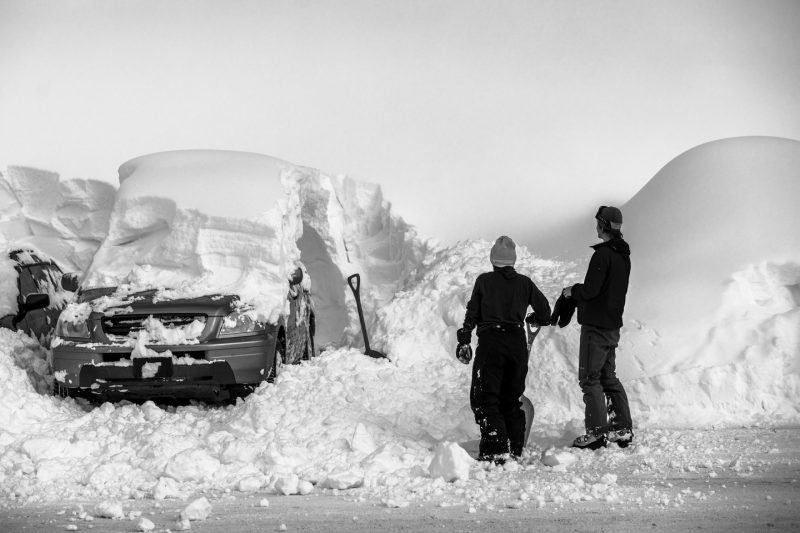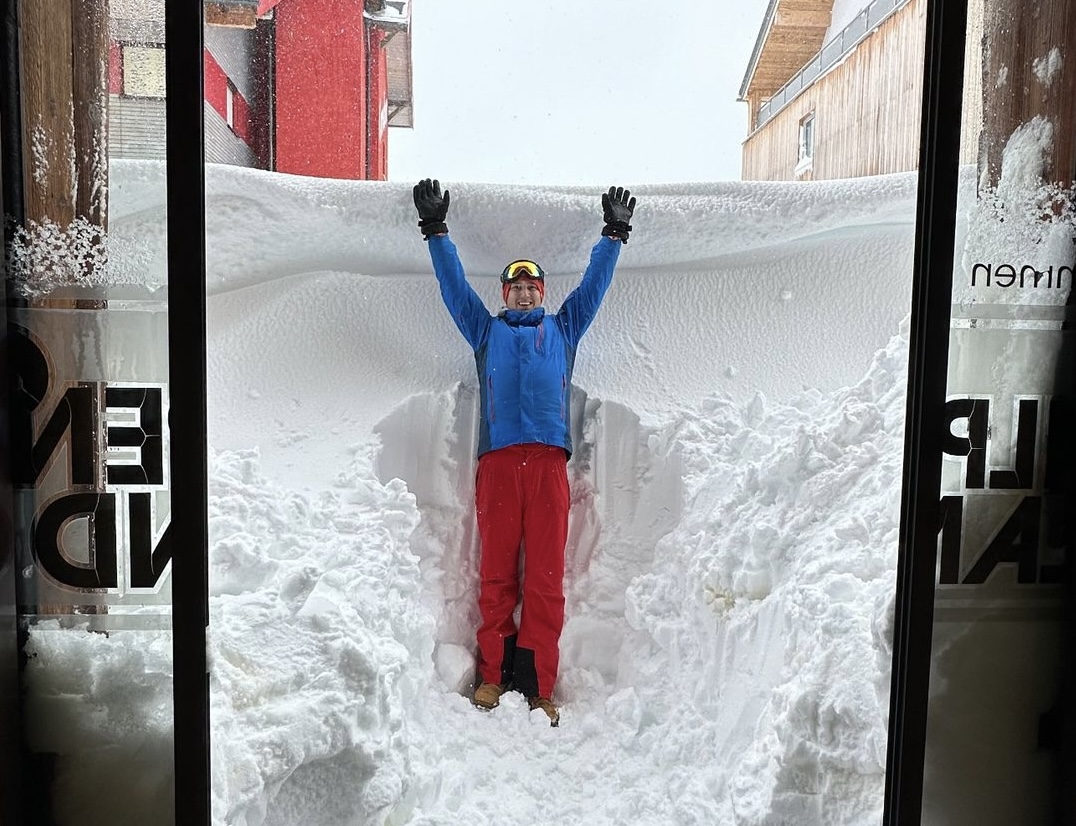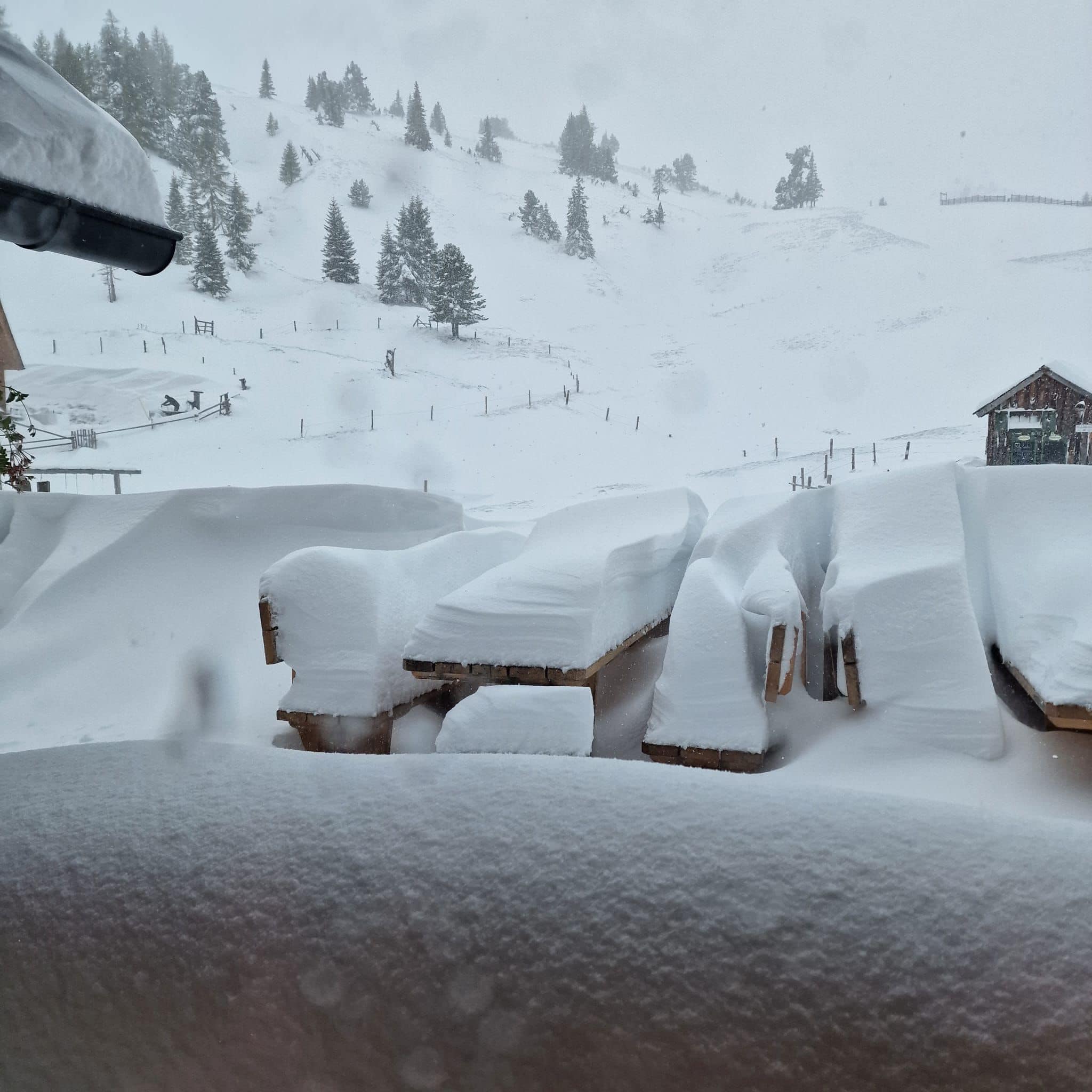
In September, unprecedented levels of fall snow in the European Alps led to severe flooding in central Europe. Some areas in the eastern Alps of Austria saw over six and a half feet of snow. This unusual autumn snowfall kickstarted an early ski season across several resorts in the Alps.
Scientists believe climate change is the reason for the rare weather event. Europe is currently the fastest-warming continent on Earth. Over the past five years, average temperatures have been about 4.1°F warmer compared to the second half of the 19th century, according to the Copernicus climate service. This rapid warming has led to more frequent and intense heatwaves and an increase in extreme rainfall events, particularly in northern and central Europe. These trends were highlighted by the World Weather Attribution (WWA) and reported by the BBC. It can also help explain the recent uncommonly heavy pre-season snowfall event.

The reason for this is that a warmer atmosphere can hold about 7% more moisture for every 1.8°F increase in temperature, leading to heavier rainfall. Heavier rainfall can translate to more snow, but the catch is that it has to be cold enough, which means it would most likely only happen at higher altitudes. The snowfall in early September down to even lower areas in the European Alps was caused by a rare combination with a pressure system bringing cold air from the Arctic. Climate change has decreased the ice in the Arctic and Antarctic, which impacts long-term climate patterns and causes more intense heat waves worldwide, shifts in precipitation patterns, and also more extreme winters as the polar jet stream is destabilized.
- Related: September Data Shows Record High Temperatures in Southern Greenland & Decreasing Arctic Ice
If this is happening in Europe, extreme winter events certainly could happen in other places around the world. However, as climate change accelerates, the increasing rainfall and resulting snow accumulation in mountainous regions could significantly reshape winter sports and ecosystems. While more moisture in the atmosphere leads to heavier precipitation, including snow at higher altitudes, the unpredictability of weather patterns could also bring challenges, such as avalanches and shorter snow seasons in lower areas.
The combination of more frequent extreme weather events and shifts in snowfall distribution serves as a reminder of the broader impacts of a changing climate on our environment. In the coming years, managing these changes will be crucial for both natural habitats and recreational industries dependent on mountain snow.

One thought on “Climate Change Could Actually Lead to More Snow—But There’s a Catch”